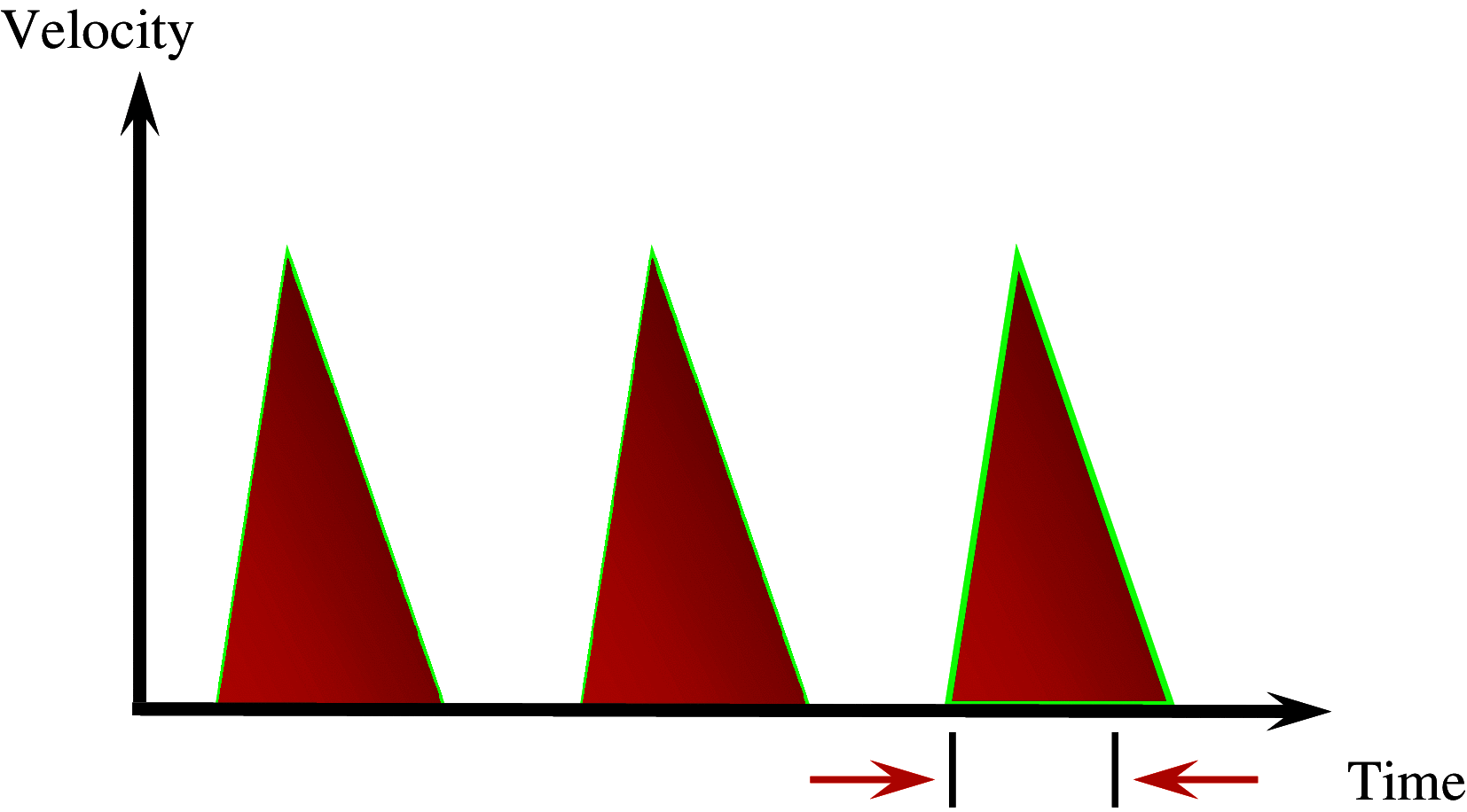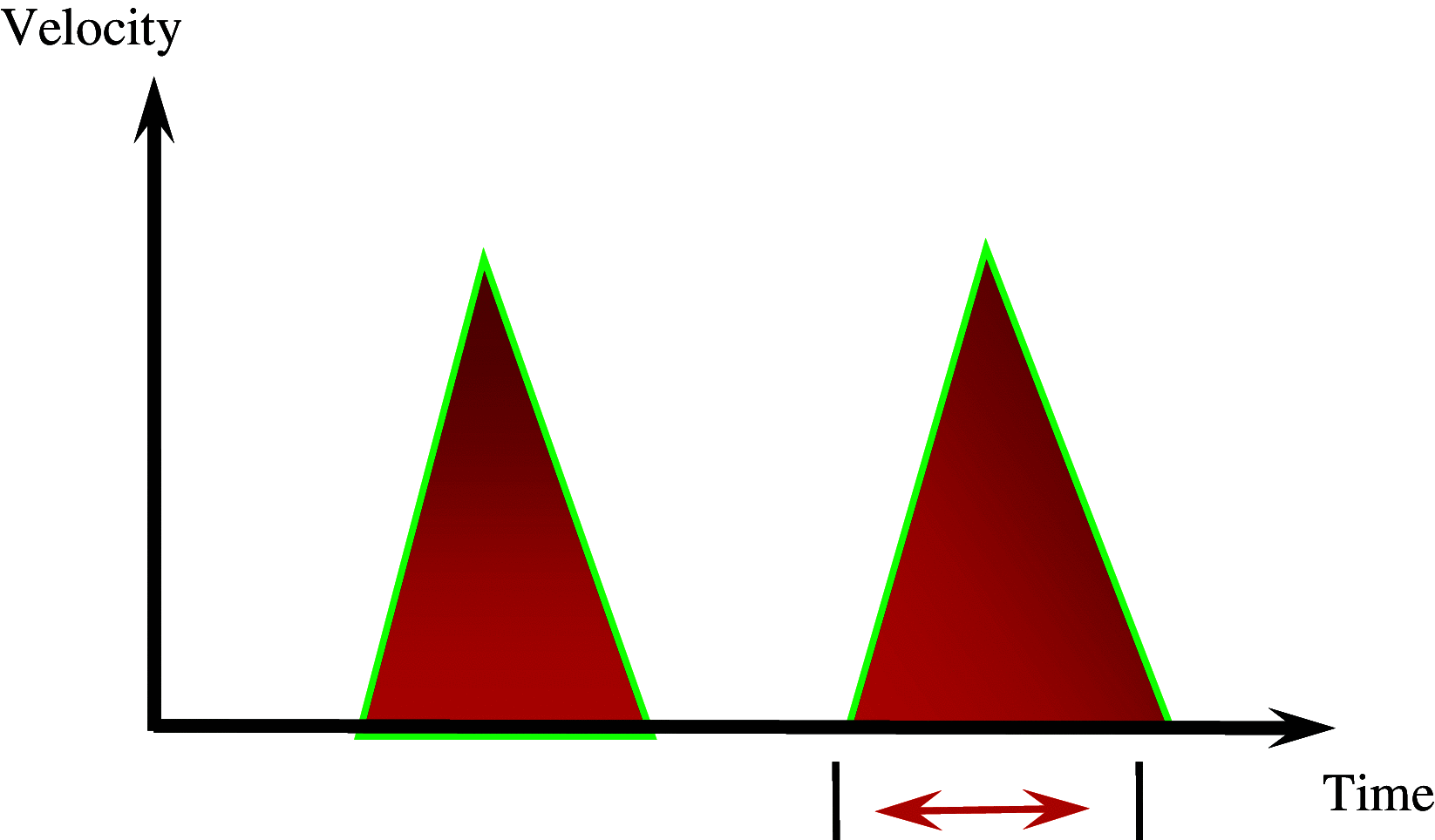Comparison of aprotinin and tranexamic acid in adult scoliosis correction surgery
- PMID: 22402839
- PMCID: PMC3366133
- DOI: 10.1007/s00586-012-2205-3
Comparison of aprotinin and tranexamic acid in adult scoliosis correction surgery
Abstract
Purpose: A retrospective review of consecutive adult patients undergoing scoliosis correction surgery was performed to compare the effects of aprotinin and tranexamic acid in blood conservation and to define a comprehensive blood conservation strategy for such surgery.
Methods: Medical records of all patients who underwent scoliosis correction surgery in this unit between January 2003 and December 2008 were reviewed. The patients were divided into three cohorts: group 1 receiving no antifibrinolytics, group 2 aprotinin and group 3 tranexamic acid. Information was collected regarding number of vertebral levels fused, pre- and post-operative haemoglobin, intra-operative blood loss and peri-operative autologous and allogenic blood transfusion performed.
Results: Aprotinin was used in 28 patients (38%), tranexamic acid in 26 (36%), while 19 (26%) received no antifibrinolytics. 21 patients had anterior surgery, 34 patients had posterior surgery and 18 had combined anterior and posterior procedures. Mean blood loss in the patients who received aprotinin and tranexamic acid was 710 and 738 ml, respectively. This was significantly less than the patients receiving no antifibrinolytics (972 ml, p = 0.037). Blood transfusion was required in only two patients undergoing anterior correction surgery.
Conclusion: Aprotinin and tranexamic acid reduce blood loss in adult spinal deformity correction surgery. With aprotinin being unavailable for clinical use, we recommend the use of tranexamic acid along with other blood conservation measures for adult spinal deformity correction surgery.
Figures
Similar articles
-
Can we safely reduce blood loss during lumbar pedicle subtraction osteotomy procedures using tranexamic acid or aprotinin? A comparative study with controls.Spine (Phila Pa 1976). 2010 Jan 15;35(2):235-9. doi: 10.1097/BRS.0b013e3181c86cb9. Spine (Phila Pa 1976). 2010. PMID: 20081519
-
Antifibrinolytic therapy in complex spine surgery: a case-control study comparing aprotinin and tranexamic acid.Orthopedics. 2009 Feb;32(2):91. Orthopedics. 2009. PMID: 19301800
-
Tranexamic acid and aprotinin in primary cardiac operations: an analysis of 220 cardiac surgical patients treated with tranexamic acid or aprotinin.Anesth Analg. 2008 Nov;107(5):1469-78. doi: 10.1213/ane.0b013e318182252b. Anesth Analg. 2008. PMID: 18931201 Clinical Trial.
-
Pro: tranexamic acid is better than aprotinin in decreasing bleeding after cardiac surgery.J Cardiothorac Vasc Anesth. 1994 Aug;8(4):471-3. doi: 10.1016/1053-0770(94)90291-7. J Cardiothorac Vasc Anesth. 1994. PMID: 7524719 Review. No abstract available.
-
Con: tranexamic acid is not better than aprotinin in decreasing bleeding after cardiac surgery.J Cardiothorac Vasc Anesth. 1994 Aug;8(4):474-6. doi: 10.1016/1053-0770(94)90292-5. J Cardiothorac Vasc Anesth. 1994. PMID: 7524720 Review. No abstract available.
Cited by
-
The Effect of Systemic Tranexamic Acid on Hypercoagulable Complications and Perioperative Outcomes Following Three-Column Osteotomy for Adult Spinal Deformity.Global Spine J. 2022 Apr;12(3):423-431. doi: 10.1177/2192568220953812. Epub 2020 Sep 24. Global Spine J. 2022. PMID: 32969252 Free PMC article.
-
The Safety and Efficacy of Tranexamic Acid in Adult Spinal Deformity Surgery: A Systematic Review and Meta-Analysis.Drugs. 2019 Oct;79(15):1679-1688. doi: 10.1007/s40265-019-01185-y. Drugs. 2019. PMID: 31432435
-
Spinal osteotomy in the presence of massive lumbar epidural scarring.Eur Spine J. 2015 Jan;24 Suppl 1:S93-106. doi: 10.1007/s00586-014-3652-9. Epub 2014 Nov 27. Eur Spine J. 2015. PMID: 25427670 Review.
-
Tranexamic acid can reduce blood loss in adolescent scoliosis surgery: a systematic review and meta-analysis.BMC Musculoskelet Disord. 2023 Aug 29;24(1):686. doi: 10.1186/s12891-023-06811-1. BMC Musculoskelet Disord. 2023. PMID: 37644447 Free PMC article.
-
Comparison of Blood-Conserving and Allogenic Transfusion-Sparing Effects of Antifibrinolytics in Scoliosis Correction Surgery.Anesth Essays Res. 2020 Apr-Jun;14(2):259-265. doi: 10.4103/aer.AER_59_20. Epub 2020 Oct 12. Anesth Essays Res. 2020. PMID: 33487826 Free PMC article.
References
-
- Szpalski M, Weiskopf RB, Gunzburg R, Aebi M. Blood loss in adult spinal surgery. Haemostasis in spine surgery, Part 2. Berlin: Springer; 2005. pp. 3–5.
-
- Santos AT, Kalil RA, Bauemann C, Pereira JB, Nesralla IA. A randomized, double-blind, and placebo-controlled study with tranexamic acid of bleeding and fibrinolytic activity after primary coronary artery bypass grafting. Braz J Med Biol Res. 2006;39:63–69. - PubMed
-
- Ickx BE, van der Linden PJ, Melot C, Wijns W, de Pauw L, Vandestadt J, Hut F, Pradier O. Comparison of the effects of aprotinin and tranexamic acid on blood loss and red blood cell transfusion requirements during the late stages of liver transplantation. Transfusion. 2006;46:595–605. doi: 10.1111/j.1537-2995.2006.00770.x. - DOI - PubMed
Publication types
MeSH terms
Substances
LinkOut - more resources
Full Text Sources
Medical



